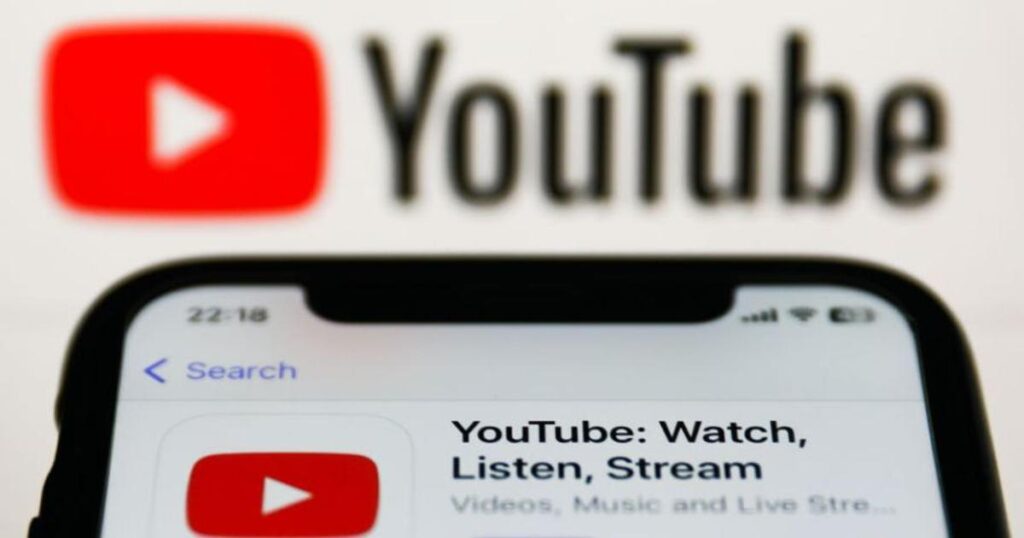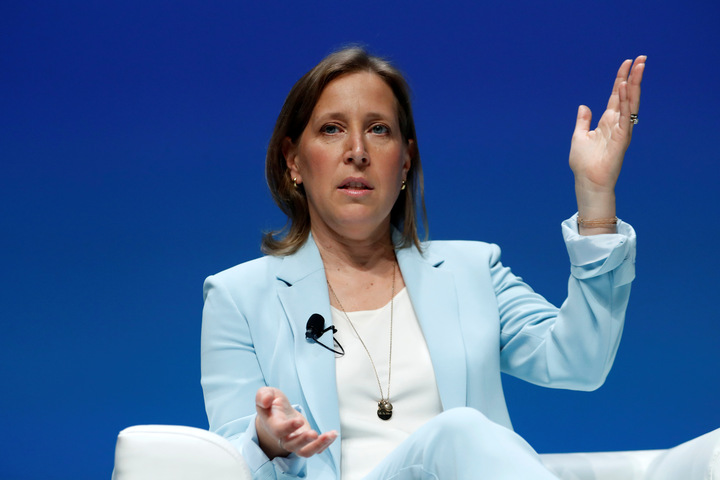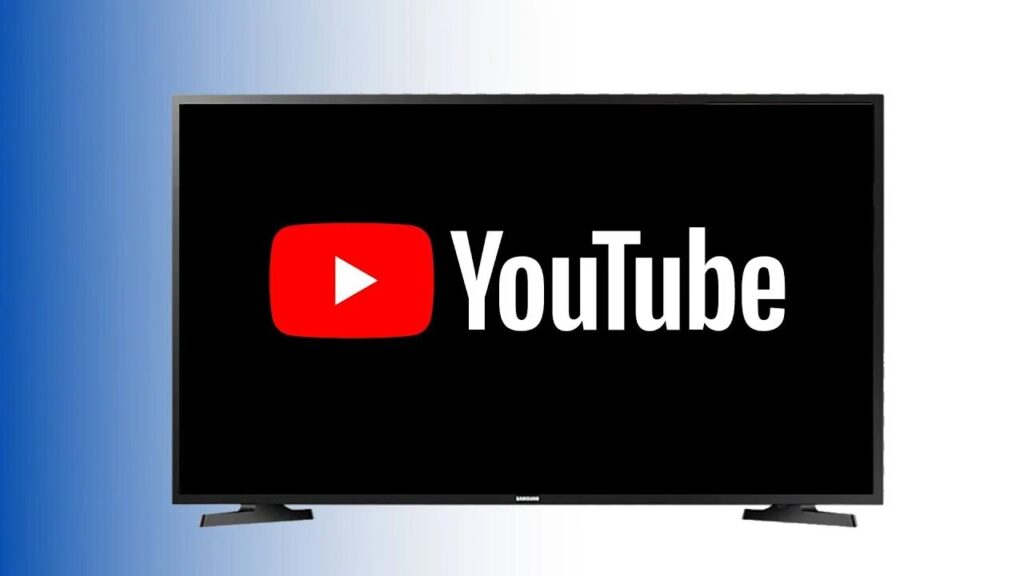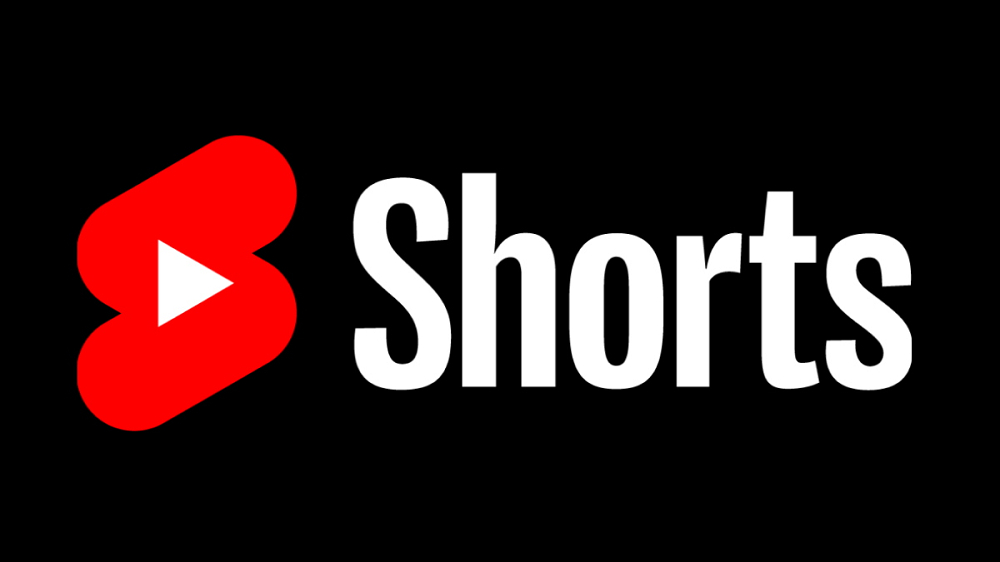YouTube Working on Tool That Lets Creators Sing Like Drake
In a bold move at the intersection of technology, artificial intelligence, and the music industry, YouTube is reportedly working on a revolutionary tool that would enable content creators to record audio using the voices of famous musicians. This groundbreaking initiative could transform the way users engage with content on the video-sharing platform.
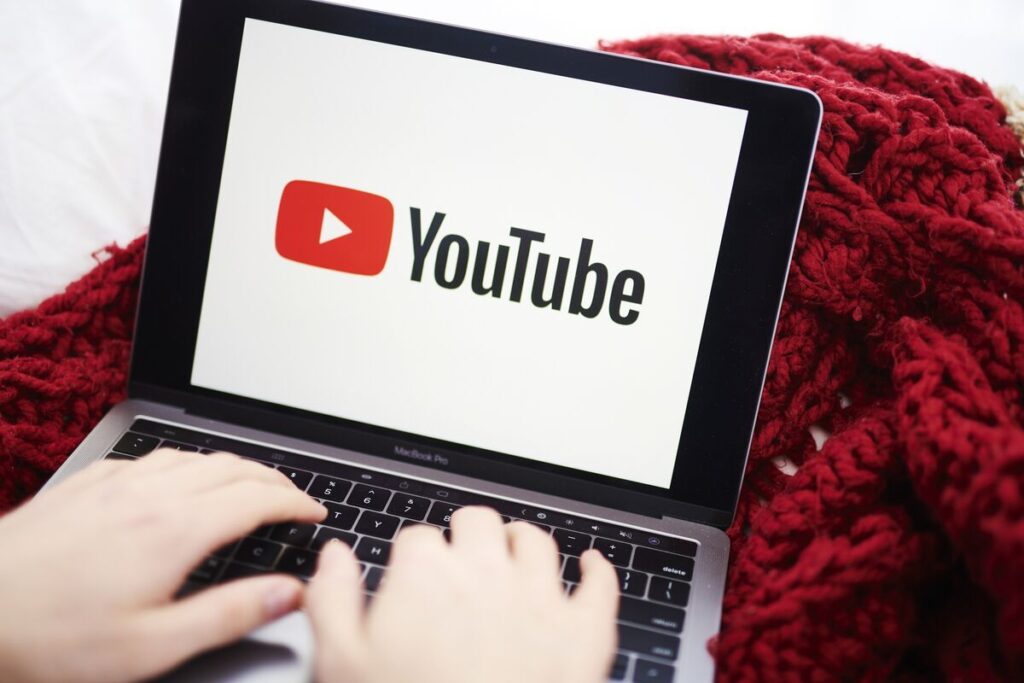
According to individuals familiar with the matter who requested anonymity due to the confidential nature of the discussions, YouTube has initiated talks with major music companies to obtain the necessary rights to train this AI-powered tool. While negotiations are ongoing, no formal agreements have been reached with record labels. These discussions are expected to shape the future of content creation on the platform.
YouTube recently unveiled a suite of AI-based tools, marking its continued commitment to harnessing artificial intelligence for content creation. These tools, introduced just last month, encompass features like background creation for videos and automatic dubbing into different languages. However, the much-anticipated music tool was not released as planned due to the rights-related complexities.
The legal landscape concerning the use of artificial intelligence in conjunction with the names, images, and likenesses of public figures, including musicians, is still evolving and has already sparked legal disputes. YouTube faces the challenge of navigating this intricate path to ensure the technology’s legal and ethical use. Although YouTube has had a tumultuous relationship with the music industry in the past, the company has made significant strides in recent years by increasing royalty payments to artists and labels.
When contacted for comment, a company spokesperson declined to provide any additional information, maintaining a shroud of secrecy around this ambitious project.
YouTube, owned by tech giant Alphabet Inc., is no stranger to the world of artificial intelligence and machine learning. Alphabet has been at the forefront of developing cutting-edge AI products for several years, and YouTube’s latest venture is part of the race among tech companies, including Microsoft, to lead the charge into what many consider the next frontier in technology.
Also Read: Chip Stocks Shed $73 Billion After US Curbs Nvidia Sales to China
With Alphabet’s substantial investment in AI, YouTube has been pushed to explore innovative solutions and tools that could transform the way content is created and shared on its platform. This development aligns with Alphabet’s broader vision to harness AI’s potential and offers creators a chance to explore new horizons in content creation by singing like their favorite artists.
As discussions between YouTube and major music companies progress, the future of content creation on the platform remains a tantalizing prospect. This tool, if successfully developed and implemented, could usher in a new era of content creation, where creators can truly embrace the voices of their musical idols to captivate audiences in ways previously unimaginable.

I am a law graduate from NLU Lucknow. I have a flair for creative writing and hence in my free time work as a freelance content writer.
